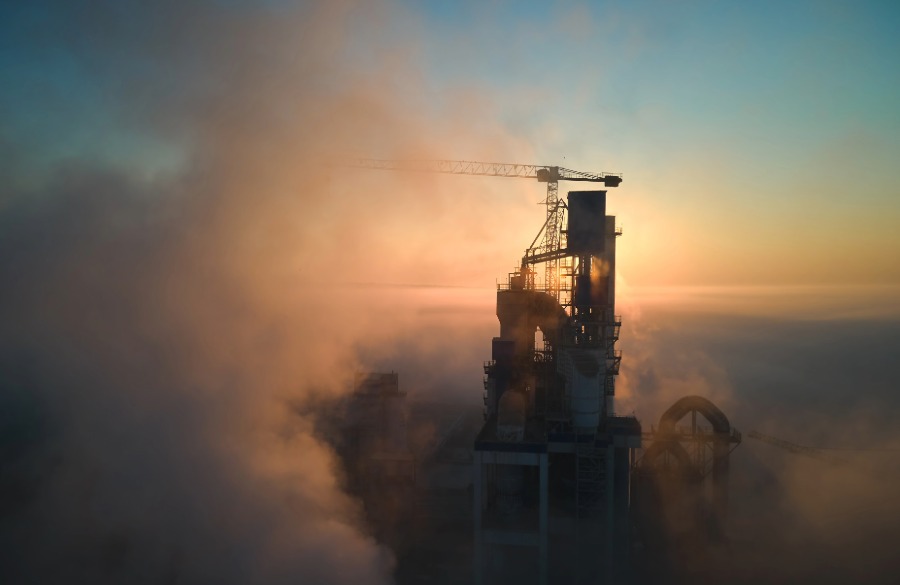The Truth About CO₂ and Concrete: What the DOE and Bill Gates Now Admit

Changing of the guard. (Adobe)
Back in July, we covered the U.S. Department of Energy report A Critical Review of Impacts of Greenhouse Gas Emissions on the U.S. Climate. It didn’t get nearly the attention it deserves. The report—written by John Christy, Judith Curry, Steven Koonin, Ross McKitrick, and Roy Spencer—challenged much of the “settled” narrative that has driven the low-carbon push.
And now, even Bill Gates seems to feel the breeze.
In his recent 17-page memo on his site, Gates calls for a “strategic pivot” in the global climate effort—less fixation on near-term emissions metrics, more focus on human welfare and access to reliable energy. In short: if you care about people, especially the poor, you care about cheap, abundant energy. We agree.
For decades, the climate discussion has framed CO₂ as a pollutant. It’s not. It’s plant food. We exhale it. It drives photosynthesis—the process that feeds every living thing on this planet. To call it a toxin is as absurd as banning oxygen because it causes rust.
This change in tone from Gates matters because it cracks the narrative that’s been sold to the public and to our industry. When even the climate world’s biggest backer starts rethinking the CO₂ agenda, it’s time to pay attention.
Steven Koonin—one of the DOE report’s authors and a former Obama-Administration scientist—warned of this years ago in Unsettled: What Climate Science Tells Us, What It Doesn’t, and Why It Matters. The science hasn’t changed—only the appetite for pretending it’s simple. (If you haven’t read Unsettled, it’s worth it.)
We also covered a missing piece in EP #133: Concrete, Climate, and the Missing Science of Evaporation. Koonin didn’t even cover sublimation and evaporation effects, which may have far more influence on the accuracy of climate-forecasting models than CO₂ ever will.
The bottom line? There will never be an “elimination” of CO₂ emissions—not without eliminating life itself. Yes, the planet has warmed, and yes, humans have contributed. But the idea that we can micromanage Earth’s atmosphere through regulation and cement chemistry alone is both arrogant and misguided.
What does this mean for the concrete industry? Associations have poured real money into the carbon-reduction crusade; the sector itself says it has invested hundreds of millions of dollars over the years to boost energy, materials, and emissions efficiency. That spending is public—and substantial.
Meanwhile, the narrative keeps shifting. By the early 1980s, Dan Rather was on CBS News warning of global warming—a segment that even featured a young Al Gore. Just a few years before, Leonard Nimoy narrated a 1978 documentary warning of a coming ice age. The through-line? Confidence in forecasts that age poorly.
All I’m saying is the concrete industry risks being off-sides again—and this time we may have committed ourselves to inferior products in the name of “preventing climate change.” What happens if that’s no longer the target?
References
- Bill Gates, “Three tough truths about climate”
- U.S. DOE (PDF): A Critical Review of Impacts of Greenhouse Gas Emissions on the U.S. Climate (July 2025)
- Steven Koonin’s book: Unsettled: What Climate Science Tells Us, What It Doesn’t, and Why It Matters
- American Cement Association — “The Policy Needed for Change”
- PCA Roadmap (Jan 2024)
- Leonard Nimoy narrated episode “In Search of… The Coming Ice Age” (1978)
- Dan Rather CBS News climate report (1982)












